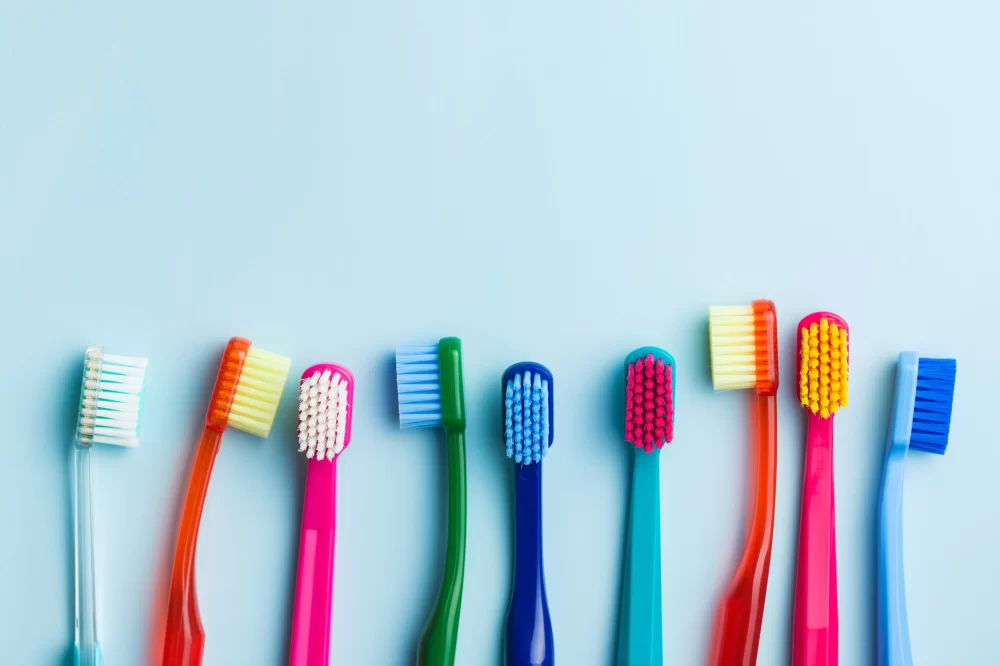
The Importance of Replacing Your Toothbrush
When it comes to maintaining good oral hygiene, one of the most important tools you rely on is your toothbrush. However, just having a toothbrush isn’t enough. You need to replace it regularly to ensure it continues to clean your teeth effectively. But how often should you really replace your toothbrush? Let’s explore this essential question, understand the factors involved, and discover how replacing your toothbrush regularly can significantly improve your oral health.
Most people don’t think about their toothbrush until it starts to show signs of wear, but it’s crucial to replace it at the right intervals. Using an old or worn toothbrush may not clean your teeth as effectively, and it can even harbor bacteria, which can lead to poor oral hygiene and increase the risk of dental problems such as gum disease and tooth decay.
Factors Affecting How Often You Should Replace Your Toothbrush
The answer to how often you should replace your toothbrush depends on several factors, including how often you use it, your oral hygiene habits, and even the type of toothbrush you use. Here are some important considerations:
1. General Rule: Every 3-4 Months
According to dental experts, the general rule of thumb is to replace your toothbrush every three to four months. Over time, the bristles of the toothbrush become frayed and worn, which reduces its effectiveness in cleaning your teeth. If the bristles start to look worn or frayed, it’s time for a new toothbrush. Even if the toothbrush still looks fine, it’s important to replace it regularly for optimal hygiene.
2. After Illness or Infection
If you’ve recently been sick or had a mouth infection (such as a cold sore or gum infection), it’s recommended to replace your toothbrush after recovery. This is because bacteria and viruses can linger on the bristles, potentially leading to reinfection. Disposing of your toothbrush after being sick helps avoid the possibility of reintroducing harmful germs into your mouth.
3. The Type of Toothbrush You Use
The type of toothbrush you use also impacts how often it needs to be replaced. For example, manual toothbrushes often wear out quicker than electric toothbrushes. Electric toothbrushes usually have brush heads that last longer and are designed to be replaced every three to six months, depending on the model. If you’re using an electric toothbrush, make sure to follow the manufacturer’s guidelines for replacement.
4. Frequency of Toothbrushing
How often you brush your teeth also affects the longevity of your toothbrush. If you brush your teeth multiple times a day, the bristles will wear out more quickly. On the other hand, if you only brush once a day or irregularly, your toothbrush might last longer. However, regardless of how often you brush, it’s still a good idea to replace your toothbrush every 3-4 months to ensure it’s effective in cleaning your teeth.
Signs It’s Time to Replace Your Toothbrush
Aside from the general recommendation to replace your toothbrush every 3-4 months, there are specific signs that can indicate it’s time for a new one:
1. Worn or Frayed Bristles
The most obvious sign that it’s time to replace your toothbrush is when the bristles start to wear down or fray. This usually happens after a few months of use. Frayed bristles are much less effective at removing plaque and food particles from your teeth, which can result in poor oral hygiene. If you notice your bristles look bent or frayed, it’s time for a replacement.
2. Discoloration
If you notice that the bristles of your toothbrush are changing color or becoming discolored, it may be time for a new one. Discoloration can indicate that the bristles are no longer as effective at removing bacteria or plaque, and could be a sign of bacteria build-up. Some toothbrushes come with indicator bristles that fade in color to show you when it's time to replace them.
3. Unpleasant Odor
If your toothbrush develops an unpleasant odor, it may be harboring bacteria. This could be due to improper storage (such as storing it in a closed, moist environment). An unpleasant smell is a clear indicator that your toothbrush needs to be replaced to avoid the risk of bacteria or mold affecting your oral health.
Tips for Maintaining Your Toothbrush
To extend the life of your toothbrush and keep it as clean as possible, follow these simple maintenance tips:
1. Rinse Your Toothbrush Properly
After each use, rinse your toothbrush thoroughly with water to remove toothpaste, food particles, and bacteria. This will help prevent the buildup of harmful substances on your toothbrush, keeping it clean and hygienic for longer.
2. Store Your Toothbrush Properly
Store your toothbrush in an upright position where the bristles can air dry. Avoid keeping it in a closed container, as this can create a moist environment that encourages bacterial growth. Make sure the toothbrush is kept away from other toothbrushes to avoid cross-contamination.
3. Avoid Sharing Your Toothbrush
Your toothbrush is a personal item and should never be shared. Sharing a toothbrush can transfer bacteria, viruses, and other germs, leading to infections or the spread of illnesses.
Real-Life Example: A Personal Experience with Toothbrush Care
One of our readers, Emily, shared her story of neglecting to replace her toothbrush for over six months. At first, she didn’t think much of it, as the toothbrush still seemed to be in good shape. However, after a routine dental check-up, her dentist pointed out that the toothbrush bristles were severely worn, and she was at higher risk of developing gum disease due to ineffective cleaning. Emily realized the importance of regularly replacing her toothbrush, and since then, she’s made sure to stick to the recommended three-month replacement schedule.
Replacing your toothbrush regularly is an easy and effective way to maintain healthy teeth and gums. By following expert advice and replacing your toothbrush at the right intervals, you can ensure that your oral care routine is both effective and hygienic.

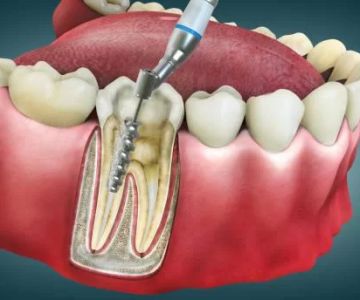
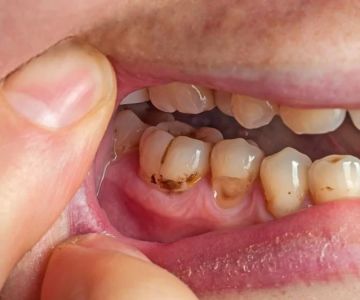
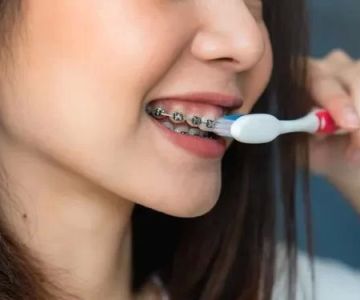
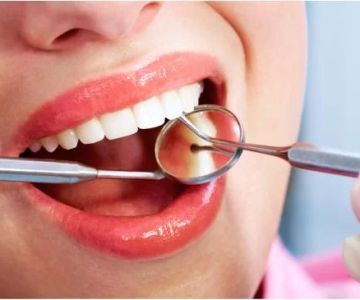
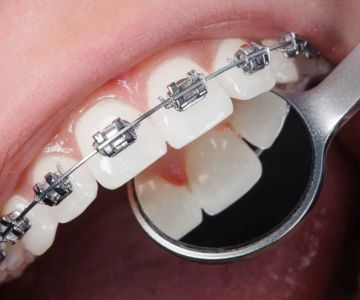
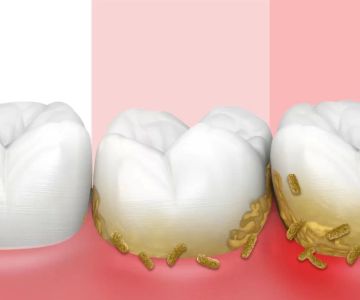
 Lake Minnetonka Orthodontics
Lake Minnetonka Orthodontics Dr. Joanne Kim Orthodontics
Dr. Joanne Kim Orthodontics Dr. Joe Gordon, DDS
Dr. Joe Gordon, DDS Tebo Orthodontics Cumming
Tebo Orthodontics Cumming Jonesboro Pediatric Dental Group
Jonesboro Pediatric Dental Group Los Coyotes Imaging Center: Le Hanh N DDS
Los Coyotes Imaging Center: Le Hanh N DDS The Importance of Oral Health Education During Pregnancy for a Healthy Pregnancy
The Importance of Oral Health Education During Pregnancy for a Healthy Pregnancy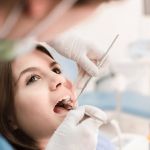 Why Skipping Dental Checkups Can Lead to Bigger Oral Health Problems
Why Skipping Dental Checkups Can Lead to Bigger Oral Health Problems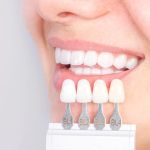 Advantages of Porcelain Dental Restorations
Advantages of Porcelain Dental Restorations Best Tips for Brushing Your Teeth Properly for Healthy Gums: Essential Techniques for Oral Health
Best Tips for Brushing Your Teeth Properly for Healthy Gums: Essential Techniques for Oral Health How Can Diabetes Cause Tooth and Gum Problems? Preventing and Managing Oral Health Issues
How Can Diabetes Cause Tooth and Gum Problems? Preventing and Managing Oral Health Issues Healthy Habits for Promoting Good Oral Health and Hygiene: Tips for a Healthy Smile
Healthy Habits for Promoting Good Oral Health and Hygiene: Tips for a Healthy Smile